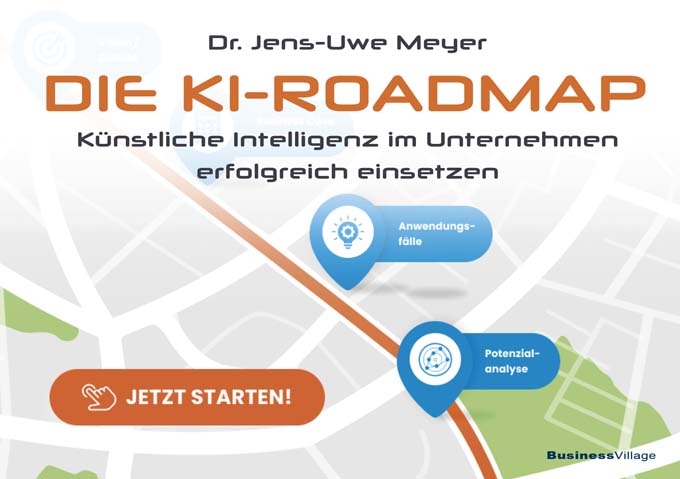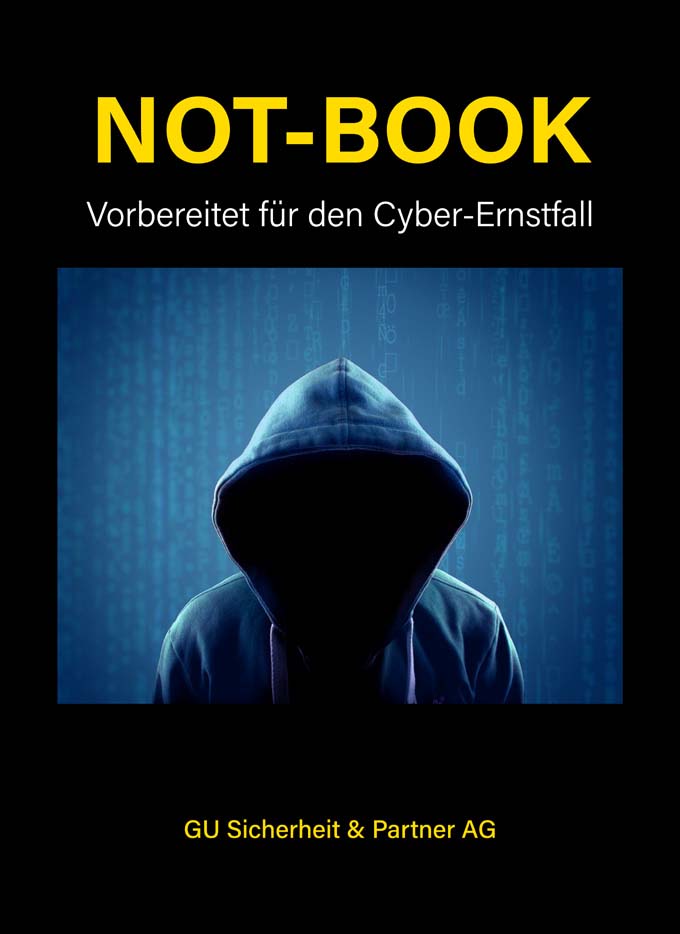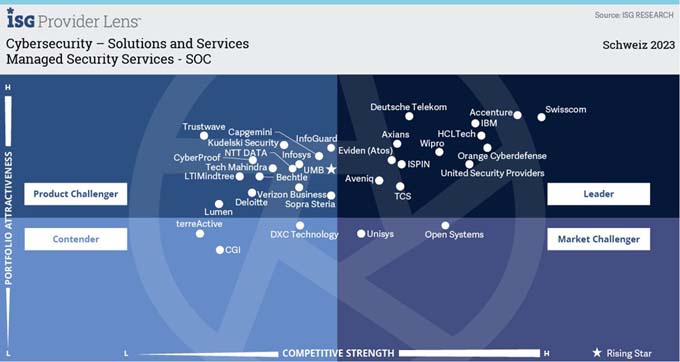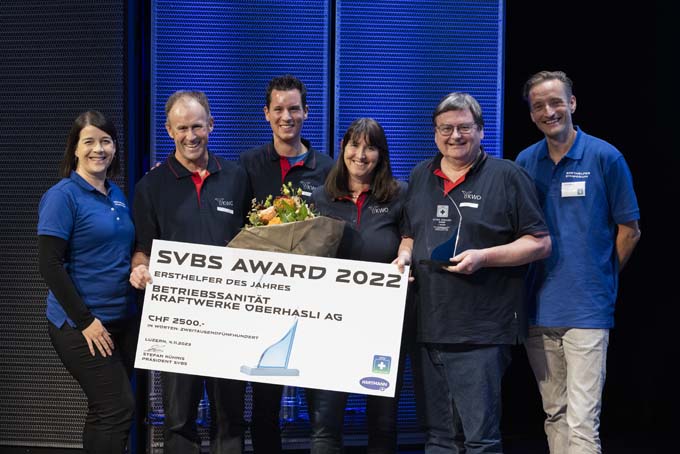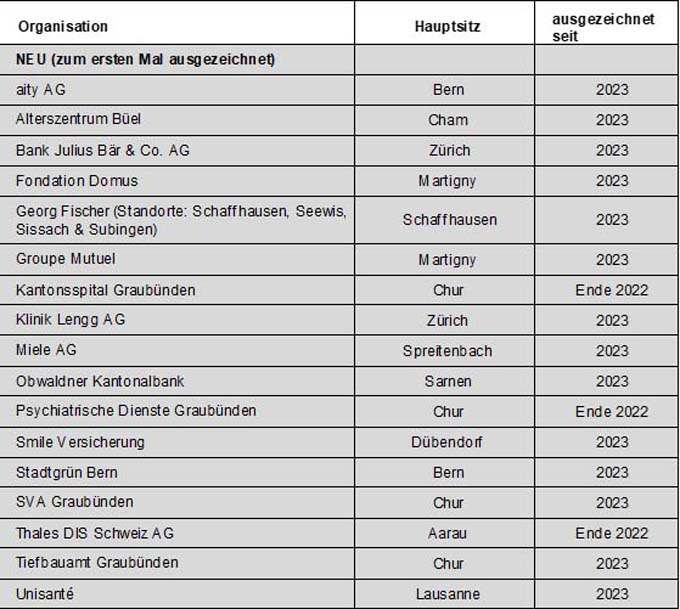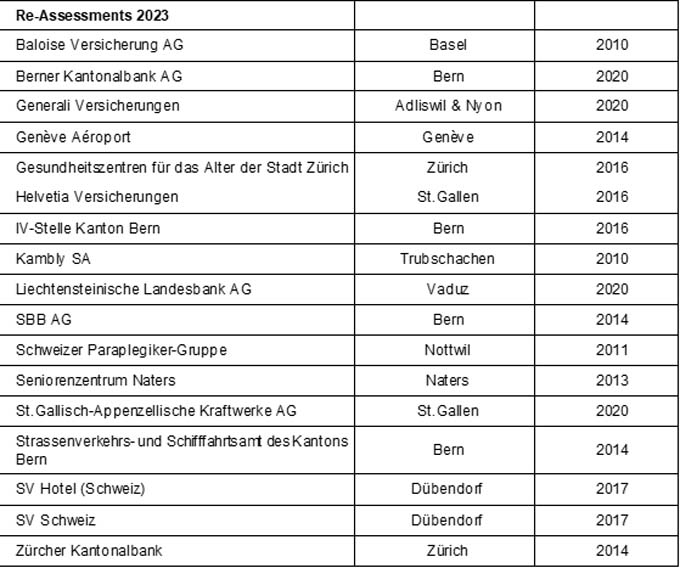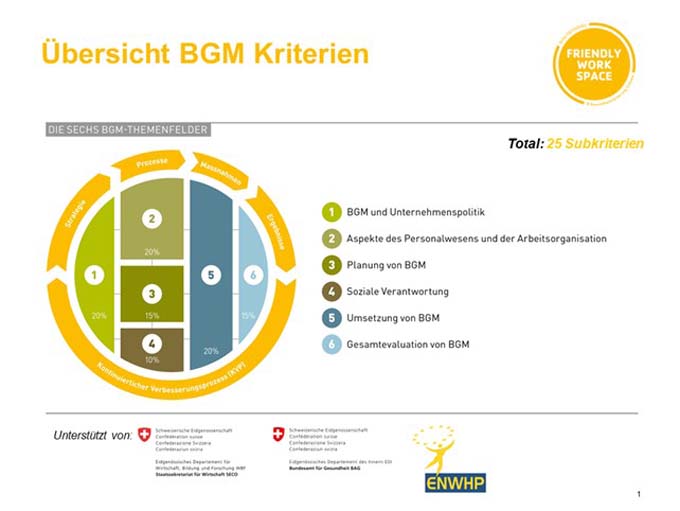Computer vision and AI: the new weapon against shoplifters
Deriving meaningful information from digital images and videos: Computer vision, a branch of artificial intelligence (AI), is the basis for the retail industry's hopes of having a new and highly effective tool against theft, embezzlement and organized crime in the future. At EuroCIS 2024 in Düsseldorf (February 27-29, 2024), exhibitors will show just how far the technology has come.

The camera is aimed at the scan area of the self-checkout terminal. In the background, the video sequences produced are compared with predefined shrink scenarios. Was an item passed by the scanner without being scanned or was another item scanned? Was the EAN code covered with a finger or were two items held in front of each other? Do the item and EAN code match? Has a customer walked away from the self-checkout without paying for their transaction? Whether intentional or due to negligence: the security system, consisting of IP cameras and AI-based software, learns and recognizes such operating errors or misconduct and warns in real time.
The user can define their own reactions in individual cases: A notification to the customer on the terminal display that an item has not been recorded correctly - alternatively or in combination with an audio announcement. Or via a message to the responsible employee, for example on a mobile device, on which the recorded transaction can be viewed again. Another option is to automatically cancel the checkout process for certain transactions or for store staff to check the customer directly. "Thanks to such AI-supported real-time analyses, retailers can make data- and fact-based decisions and prevent possible inventory discrepancies at the self-service checkouts," says Nino Hörttrich, Head of Global Marketing Retail at Diebold Nixdorf.
Artificial intelligence: the new building block for the "wall of secure"
On the one hand, the system is aimed at opportunistic thieves who want to obtain small "discounts". On the other hand, however, it also targets professionals who are after high-priced products and prefer self-service stations because they are familiar with how the standard technical security measures work and find creative ways to circumvent them. Retailers are correspondingly interested in the new AI-based software solutions, which are gradually being "fed" with (visual) information on new theft and fraud scenarios, approaches and behavioral characteristics of shoplifters. The systems learn from this and become increasingly better and more reliable at detecting, classifying, comparing and intelligently interpreting individual incidents and making recommendations for action on this basis.
Loss prevention platforms with a variety of applications
In order to provide their retail customers with such additional security tools, providers of self-service checkouts are acting as drivers of computer vision technology. For example, Diebold Nixdorf, together with UK partner SeeChange, has developed a corresponding solution under the label "Vynamic Smart Vision", which is already being tested in live operation. ITAB is working with specialists Signatrix and Rapitag in the field of camera-based AI and is currently conducting laboratory tests at a number of retailers. Toshiba is also currently rolling out two projects for its Produce Recognition and Fraud Prevention solution. Suitable tools for self-checkout are not only provided by checkout manufacturers, but also by service providers specializing in security such as Axis Communications, Sensormatic or Re-Vision (now part of Extenda Retail). GK Software is also exhibiting at EuroCIS with "GK AIR Fraud Detection", an AI-based solution that was developed with the aim of integrating a self-learning shopping basket check at the point of sale. The software uses a scoring algorithm to determine the probability of a correct scan for each shopping basket. Based on the data of the current shopping basket and the customer's behavior, it detects irregularities in a transaction. The AI is constantly learning and uses this knowledge for future decisions.
Analyses at the checkout and across the entire sales area
At the stands of all the IT service providers mentioned, trade visitors from the retail sector will be able to obtain detailed information about the applications at EuroCIS 2024 - applications that usually run on platforms in combination with other security tools. At Diebold Nixdorf, for example, the solutions are part of a holistic Vynamic AI platform. Toshiba calls its platform "ELERA Security Suite" and, unlike other providers, works with edge cameras where the business logic runs via the camera and therefore does not require a server. Practical tests and the first regular installations of computer vision technology are currently still focusing on self-checkout scenarios. However, work is also underway to use the entire video infrastructure of a store to generate data and create use cases. This principle underlies the solutions from Sensormatic Solutions, for example - including for greater protection against gang crime. For example, cameras and software are used to identify people wearing masks, behaving aggressively or suspiciously or carrying dangerous objects in the store or in the parking lot. On this basis, the AI-based program develops recommendations as to which cases the retailer should initiate countermeasures at an early stage. "At the heart of the solution are Sensormatic's proprietary AI algorithms, but we are supported by a whole network of technology partners and also integrate data sources from third-party providers," explains Dominik Brosch, Market Development Manager at Sensormatic Solutions.
AI will enable many new applications for greater security in the future
Axis Communications also has expertise in the field of video surveillance and analysis. The company also operates an open platform on which it provides its own AI-based security solutions for retailers, as well as those developed by or together with technology partners - in relation to checkouts and the entire sales floor. AXIS developers are working on integrating various fraud scenarios beyond the checkout into AI applications. Examples: A customer packs expensive whiskey, but it does not appear in the shopping cart at checkout. Or a customer leaves a deposit outside to pick it up at night. The AI software is trained for these and many other types of fraud and fed with data until it arrives at reliable assessments.
In future, so-called "re-identification" will also be possible. A criminal customer who is caught in store A and registered in the system with certain characteristics (clothing details, behavior, physical features - if permitted under data protection law) will also be identifiable in store B and trigger corresponding precautions. "AI-supported image data analysis will open up an extremely wide range of possibilities in the future," says Ralph Siegfried, Key Account Manager End Customers and retail expert at Axis Communications. Re-Vision (a division of Extenda Retail) is also exploring these possibilities. This IT service provider also offers a loss prevention platform with applications for greater checkout security - using an AI-supported tool for risk analysis of the shopping basket and purchasing behavior. For this purpose, a certain "fraud probability" is determined for each customer based on current and past data (e.g. certain behaviors on the site, the number of rescans within certain periods of time). This (dynamic) level is used to determine whether the customer is asked to rescan the current purchase. "Avoiding false alarms, targeted checks, fewer checks and still finding more - these are the advantages of our platform," says Jens Völling, RV Customer Success at Extenda Retail.
The upcoming EuroCIS trade fair offers the opportunity to discover the latest trends in hardware and software tailored specifically to the retail sector. EuroCIS will take place in Düsseldorf from February 27 to 29, 2024. Under the motto "Go beyond today", numerous companies will once again present solutions and products with which retailers can shape and secure their future. In addition, the trade fair is an excellent networking platform for the specialist community and offers an extensive supporting program that provides plenty of inspiration and updates on the topic of retail technology.
Source: www.eurocis.com








